Who doesn’t love ‘Chairs? That is why, the ‘Kissa Kursi Ka’ (the powerplay) often makes headlines. From politicians to businessmen to common man, we all want our chairs to be comfortable because a bad chair can ruin our day and perhaps life.
A chair is a piece of furniture, commonly used to seat a single person. Chairs are supported by legs and have a back with a variety of shapes. Chairs are used in homes, in offices, in schools, restaurants, and many other workplaces. A lot of thinking must go in to designing a chair because people, especially in the digital era spend a lot of time sitting on them, either to work or to simply relax.
Hence, the chair design must revolve around extending maximum comfort and relaxation to the user.
If in case, the chair that you use throughout the day is designed in an unscientific manner, then you are bound to invite plethora of back and other orthopedic issues. Though a chair may seem to be a negligible entity connected to our lives, using a poorly designed chair can even change the ‘shape’ of the back of the user!
This is where the anthropometry comes into picture, to make sure that your chair is proportionate to the size of your body.
Furniture designs largely depend on the dimension of the human body. Anthropometry is the main branch of body measurement science, such as size, shape, and strength. This science of the human body is used by ergonomists to ensure that products like chairs etc fit and suit as many users as possible.
Chair Design Tips
01. Dimension – Size – Overall
The dimensions of the chair should be such that a person should be able to sit and get up from the chair easily. The feet should rest flat on the floor without any effort. The dimension would vary depending upon the usage of the chair and also on the physique of the user.
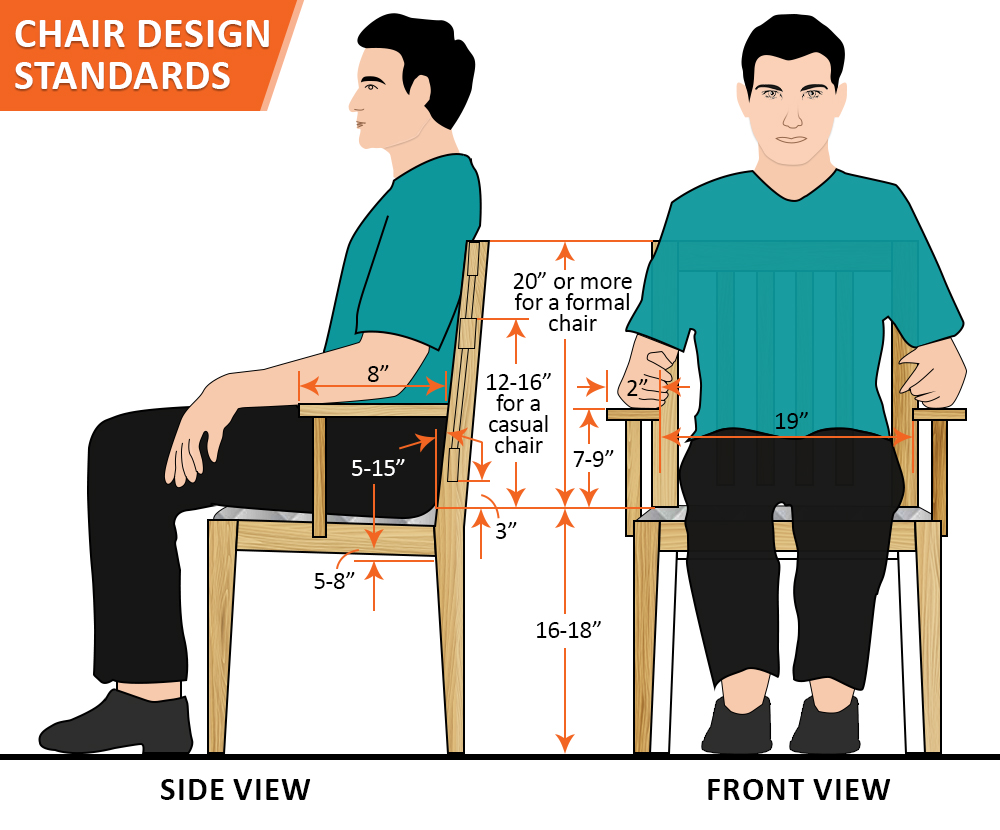
Here are some important dimensions for chair according to Time Saver Standards[368].
What Does A Good Orthopedic Chair Need?
i) The seat height of the chair should be easy to approach and comfortable. The ideal height for the seat is about 16 to 18 inches (40cm to 45 cm) from the finished floor.
ii) The depth of a chair seat is also an important part of the chair design. The seat depth should be comfortable enough, just to make sure that the user is not forced to stretch the legs forward. It should also not be too shallow leaving the user uncomfortable. The ideal depth for the chair seat is 15 to 18 inches (37.5cm to 45cm).
iii ) The seat width of your chair depends on the style and your design preference. The wider front provides handsome legroom while the narrow back gives a little more elbow room.

iv) When your chair does not include any cushions, a slope of 5 to 8 degrees (backwards) in the chair will add extra comfort. The back of the chair is generally slanted to keep the occupants from slipping out of the chair.
If you do not provide this slope while designing an office chair, a flat seat will move the occupant to lean forward for work.
v) The back of the seat should support the lumbar region. The height of the backrest of the chair should be about 12 to 16 inches (30cm to 40cm).
vi) The back of the chair should be slanted for about 5 degrees for a formal chair and 15 degrees for a casual chair.

vii) The armrest position should support the forearms. It should not raise the shoulders of the user while using the armrest. The armrest should be 7 to 9 inches (17.5cm to 22.5cm) above the seat.
viii) Length of an armrest should be 8 inches long.
ix) Your chair’s armrest should be 2 inches wide.
x) The space between the armrest should be approximately 19 inches (47.5cm).The following are the ideal dimensions:
- Chair Width: 16”-20” (4ocm to 50cm)
- Chair Depth: 15”-18” 37.5cm to 45cm)
- Chair height: 16”-18” from finished floor (40cm to 45cm)
- Arm rest height: 7”-9” form seat (17.5cm to 22.5cm)
- Arm rest length: 8” minimum (20cm)
- Arm rest width: 2” average (5cm)
- Slope of seat front to rear: 5 to 8 degrees
- Seat back recline angle: 0 -5 degrees
Have you ever felt discomfort on any type of furniture, either at home or at work because of the wrong size of the furniture? If yes, then you must read:
02. Material
The materials that can be used in a chair totally depend on the usage. Chairs are made of various materials-wood, metal or synthetic materials. They can be padded or upholstered with a variety of colours and fabrics cladded just on the seat or on the entire chair.
The material used for the chair design should be sturdy enough to carry the occupant’s weight. Selection of the materials is very important as the strength, comfort and durability of the chair is dependent on the material too. Lastly, material used on the chair must also allow air circulation and also ensure that the surface of the chair is not too slippery.
03. Shape – Structure – Style
German Architect Mies Van Der Rohe designed variety of chairs and the iconic Barcelona chair has made history. Mies often used to describe his designs as ‘Skin and Bones’ and this eloquently explains the concept of chair designing too- if the frame or the structure of the chair is the bone, then the upholstery is the skin.
The shape and style of the chair depend on the style of the space where the chair is going to be placed. Chairs can be designed in various shapes. The shape of the chair is an important factor in the chair design because it ultimately affects your body. The style of the chair is selected based on space and usage of that seating design.

If you are placing a single chair in your space as a decorative element, a chair with a unique design can be used as a decor element making it a focal point of your space. The structure of the chair should be strong enough to hold the self-weight and the occupant’s load. Further, with the load carrying capacity, the chair should look good aesthetically as well.
04. Colours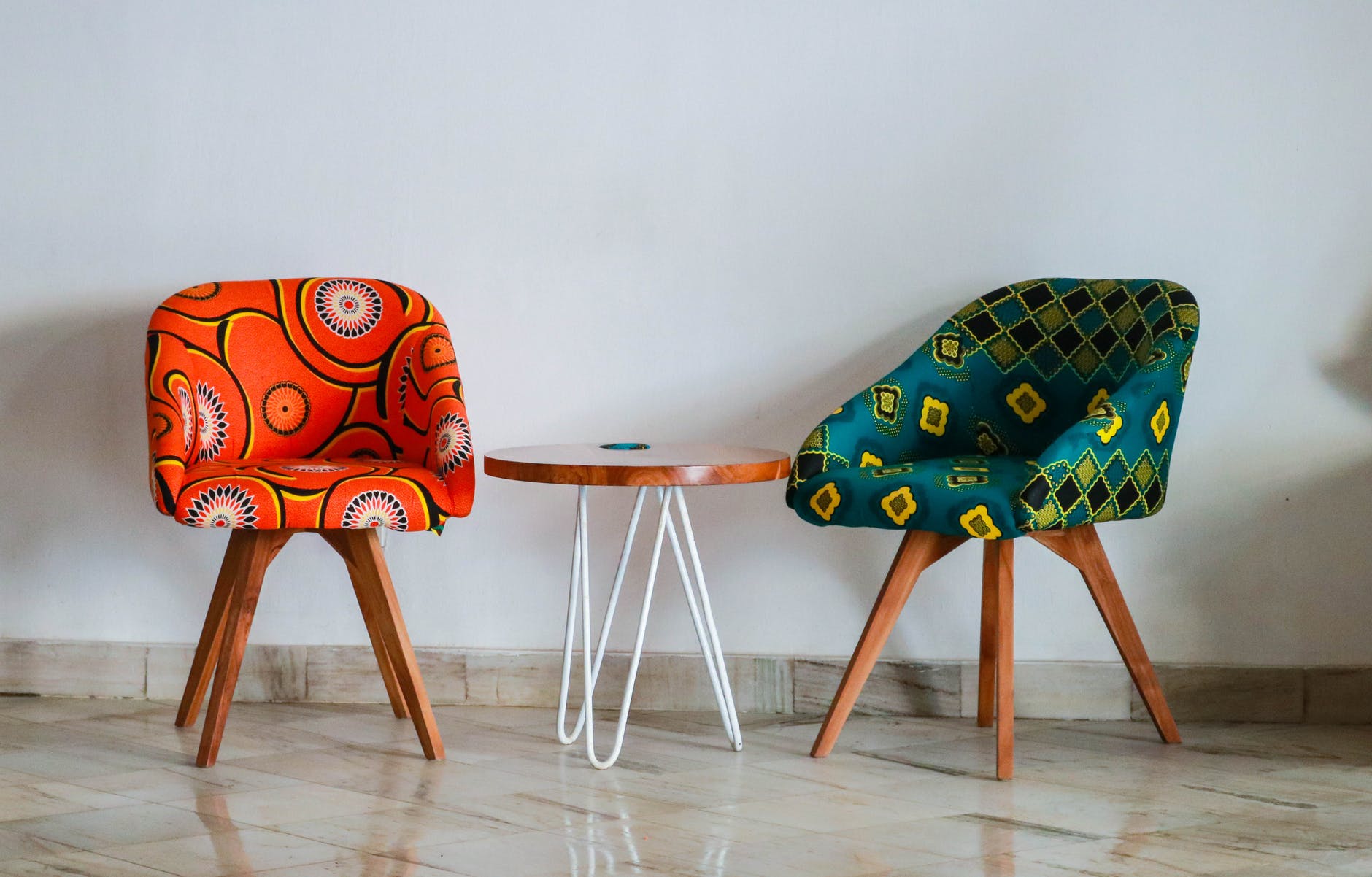
Colour is an important factor for styling of a chair. Never be afraid to choose something unique with colorful hues, prints and patterns. If your space style is simple with plain colours, use bold colours and patterns on the chairs. . It will transform the look and feel of the entire space.
05. Aesthetics and Fitting in Overall Design Theme/Scheme
Design of your chair should flow with the overall theme of your interiors. Shape, color, style and materials should be in harmony with the core concept of your design.
Know more about average human sitting posture dimensions here:
06. Style to Complement the Room
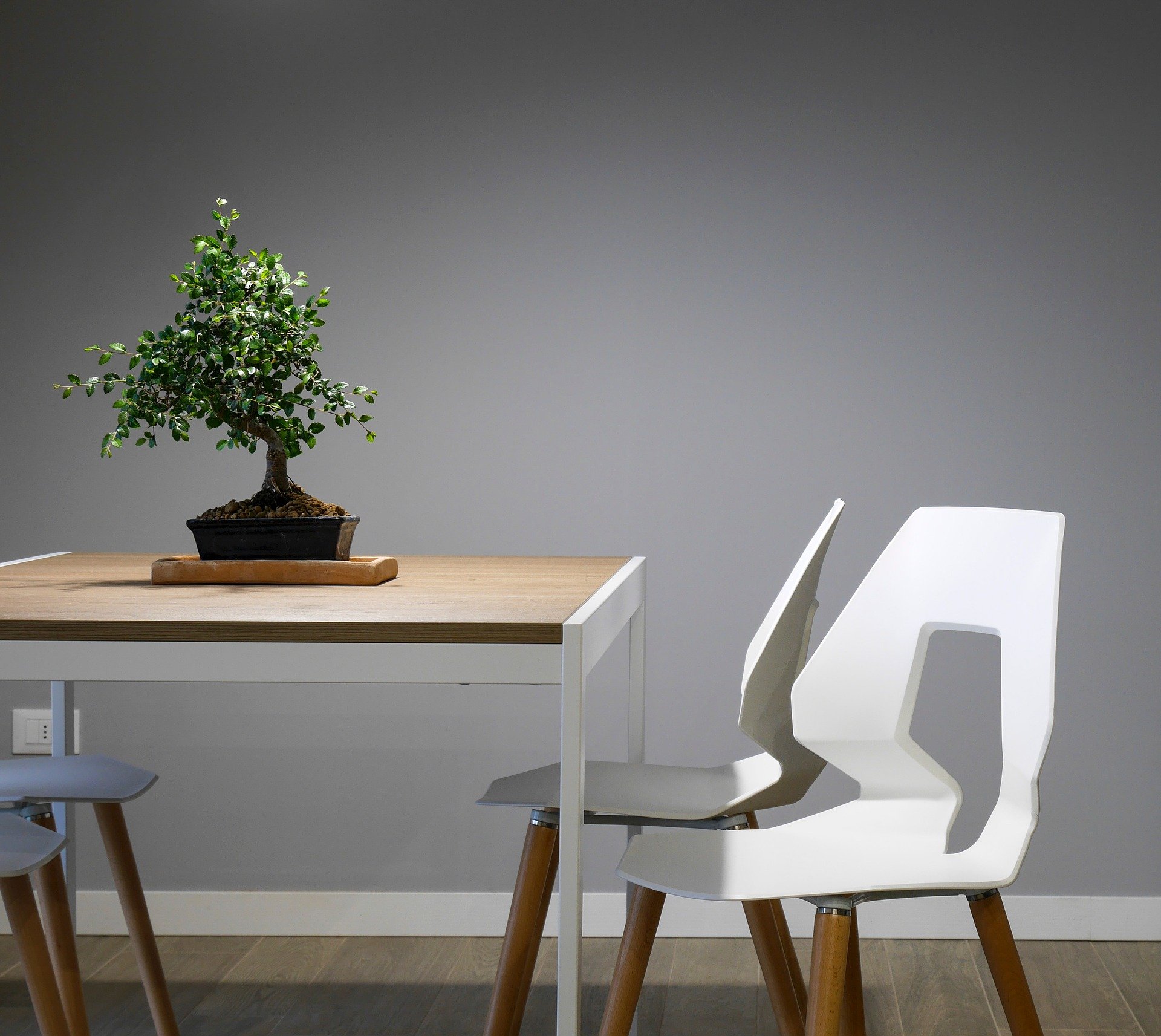
Design your chair in such a way that it becomes an element that is in sync with the texture, colour, pattern and the rhythm of the design of your space. For example, if your room or space is styled in a traditional manner, then you can go for a classic wooden chair. In a similar way, if your space reflects contemporary style, then you can opt for geometrical and unique shaped chairs.
07. Types of Chair by their Functions
Chairs are a necessary element and one of the easiest furniture to swap out and freshen up your space. Whether for dining, bedroom, work, or lounging, there are number of the styles of chairs to choose from. Simple, contemporary, colonial or traditional, chairs have the power to add the much-needed aesthetic rhythm to your space.
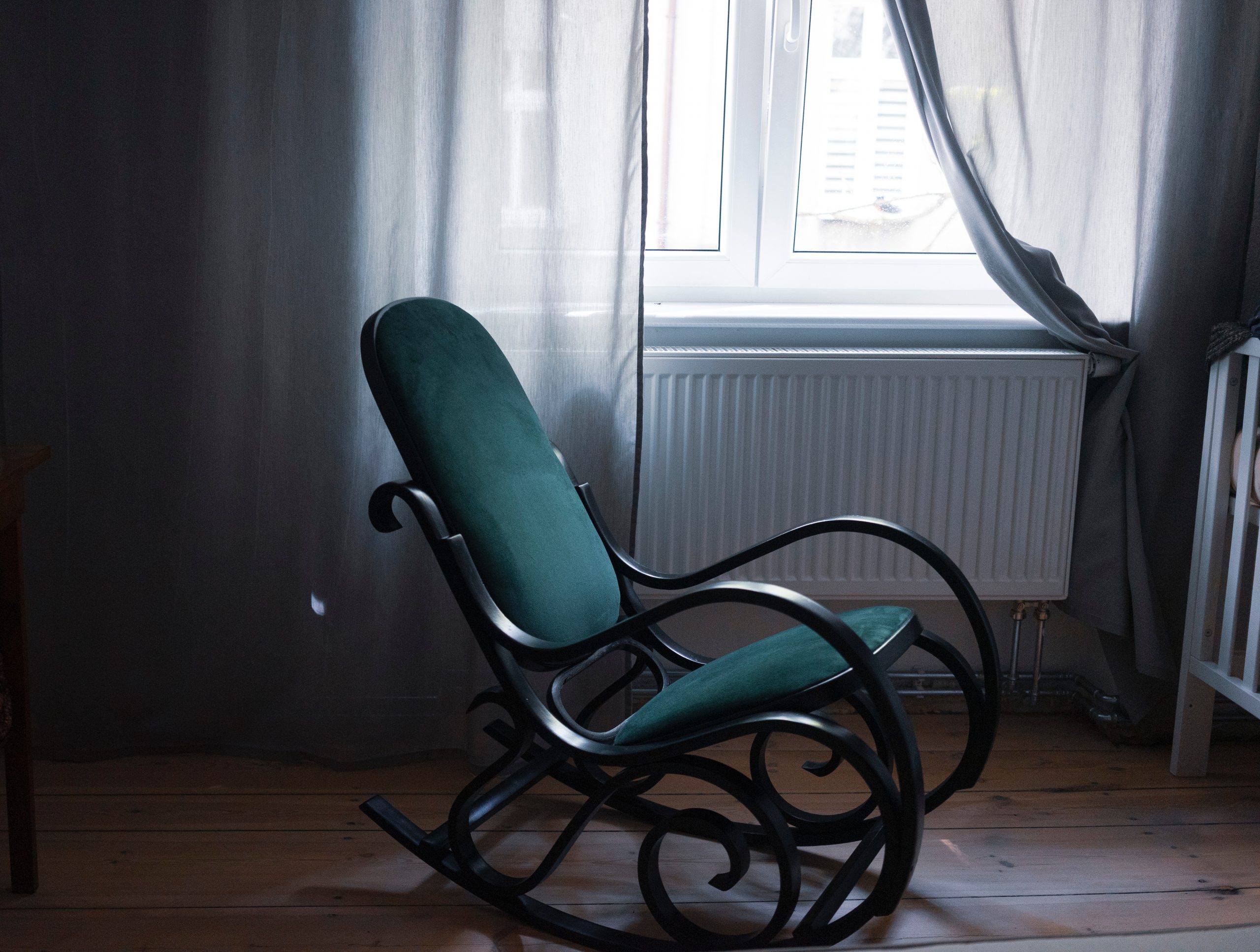
There are some chairs that you can recognize just by their names.
i) Dining Chair:

ii) Desk / Office Chair:
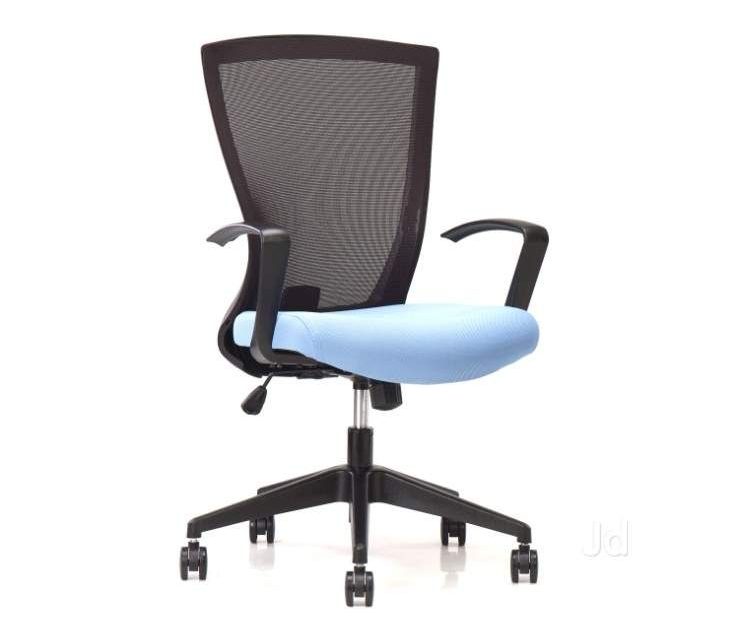
iii) Sofa Chair:
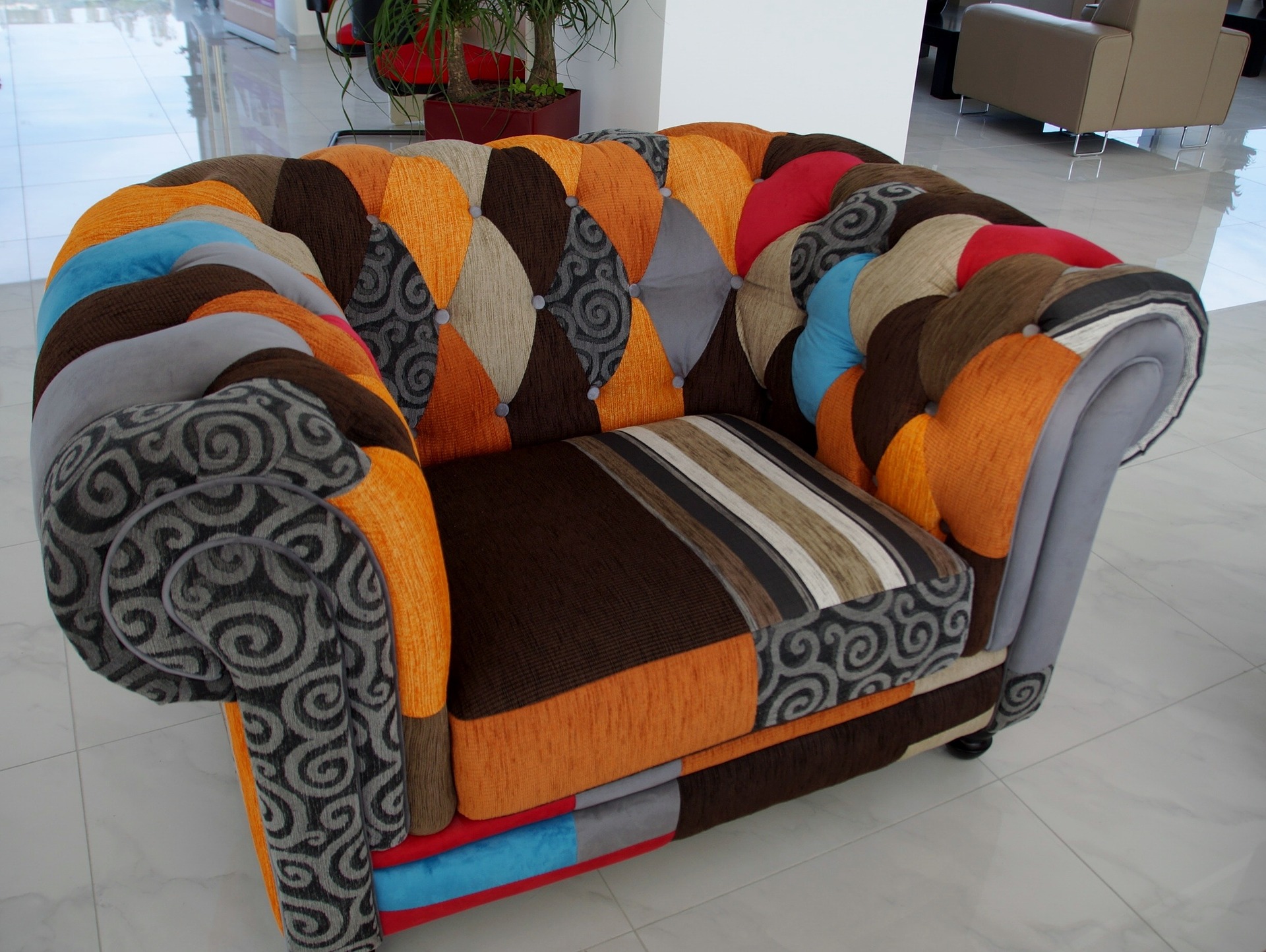
iv) Bar Stool:
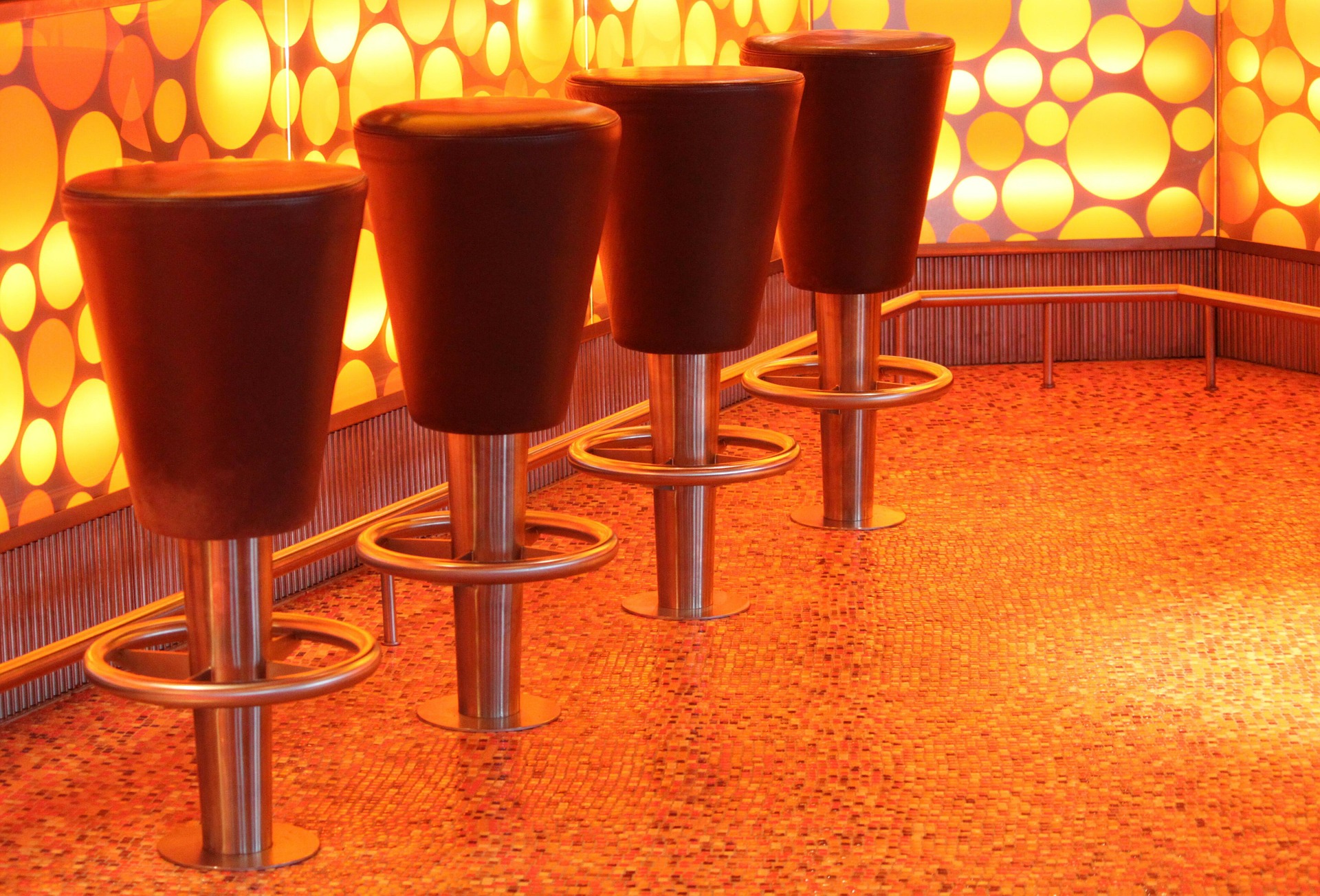
v) Rocker:
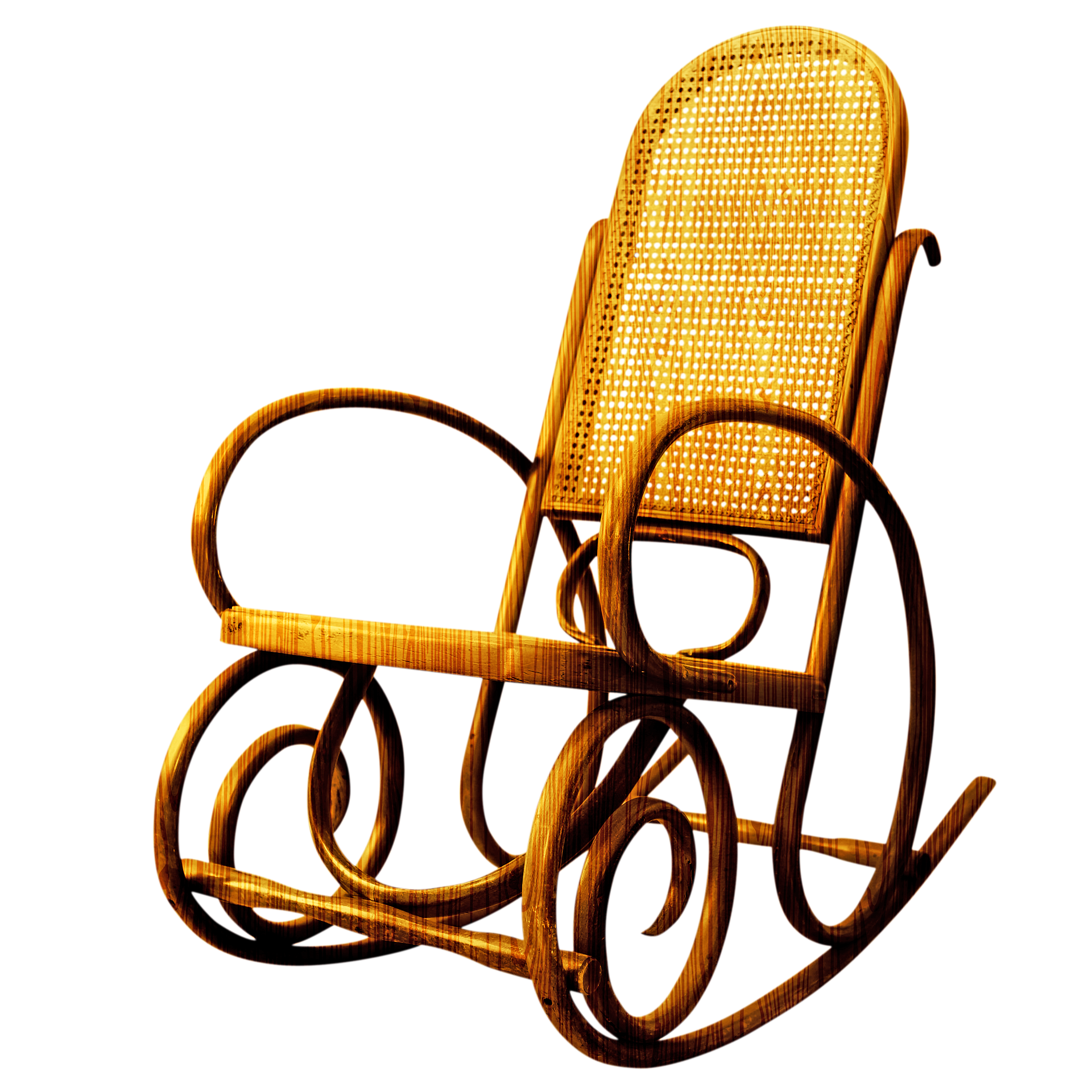
vi) Armchair:

vii) Chaise Lounge:
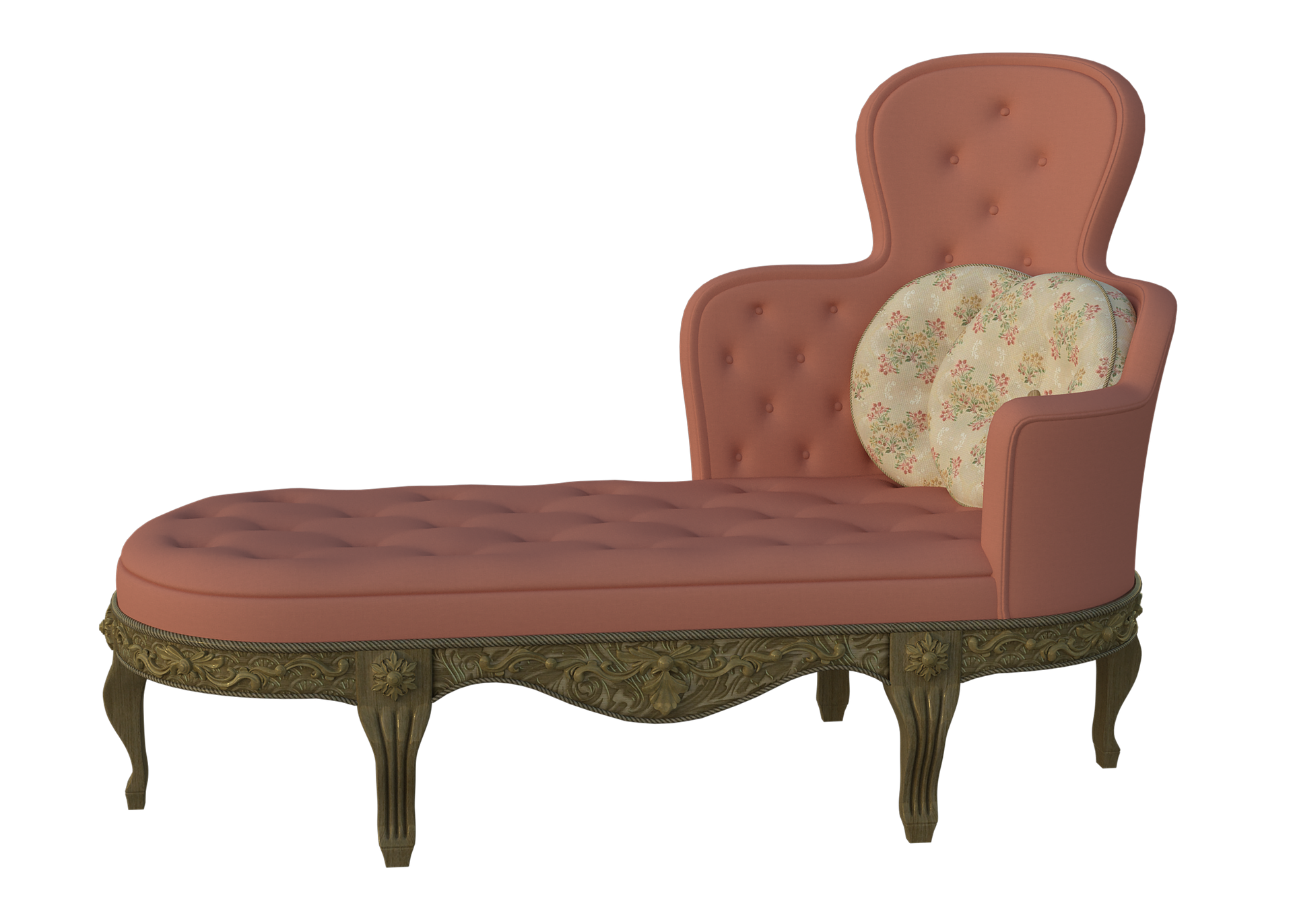
viii) Easy Chair:

ix) Dentist’s Chair:

x) Garden Chair:

xi) Student Library Chair:
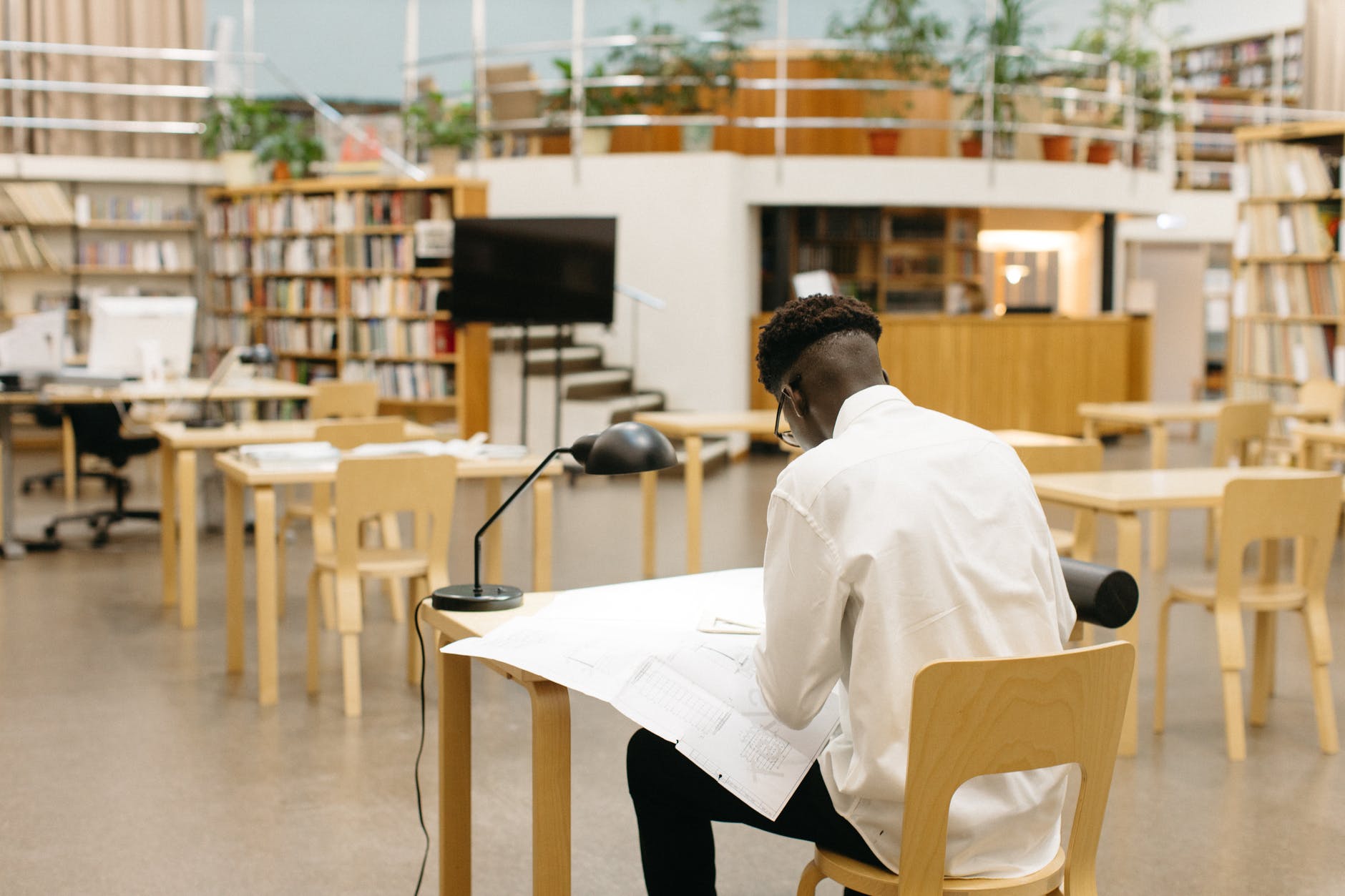
xii) Visitor’s Chair:

To explore various types of chairs in living room, you can visit here:
08. Test Your Sitting Experience
It is important to test sitting experience of your chair. After making your chair, sit on it and check whether it is comfortable or not. The design of your chair will surely affect your body posture. If your design is not comfortable it will affect your spinal cord and will cause back problems.
A good design of your chair will put you at ease physically.

Keep all these points in your mind while designing your chair. This will definitely help you design your perfect chair in which you would love to either relax or get into work-mode. We hope our article on tips for designing chair has helped you. Likewise, we have also written an informative article on tips to choose sofa. Hope this too helps you to choose the right piece of sofa for your dream home.
Image Courtesy: Image 4



